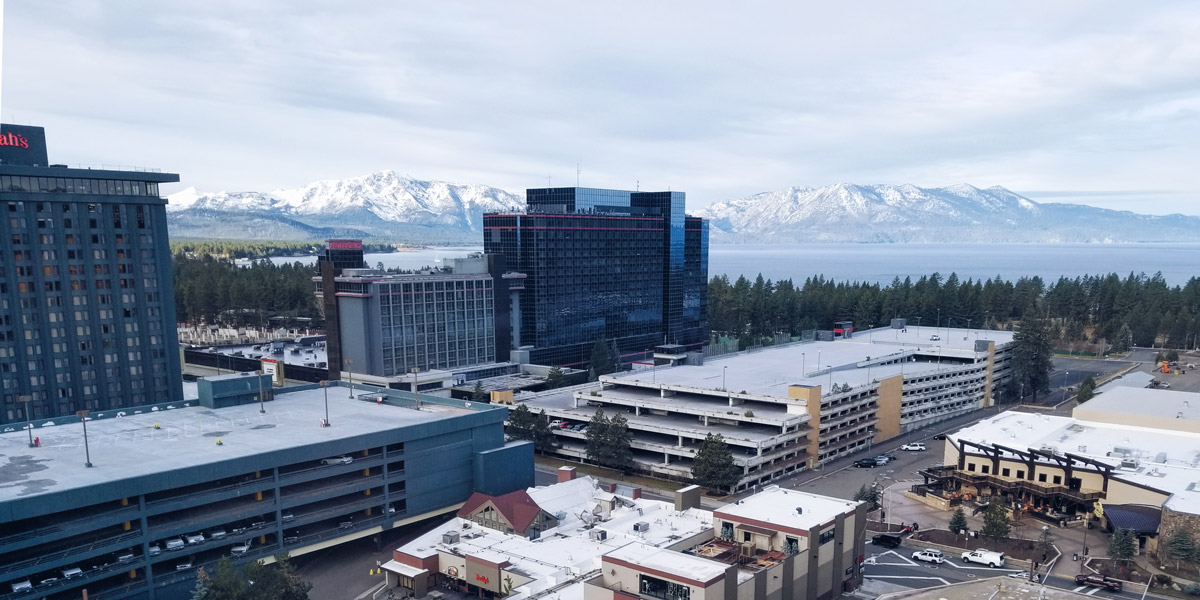The Lake Clarity Crediting Program (LCCP) was formally adopted in 2011 as a way to reduce pollutant loading into Lake Tahoe via a regional compliance program that enabled credit distribution across jurisdictional boundaries. The LCCP is tied to the stormwater permit mechanisms in California and Nevada and awards pollutant load reduction credits toward targets that each city, county, and highway maintenance agency must meet. The LCCP has been successful surpassing the 2016 target of 10% sediment load reduction and continues to generate further load reductions in sediment and nutrients through additional transactions. Looking forward, the program is on pace to meet future targets (including a 21% sediment reduction) by the end of the next permit term in 2021.
Regulators recently released the 2019 TMDL Performance Report that outlines program accomplishments including surpassing credit targets and a sediment load reduction of almost 440,000 pounds annually. The report is accompanied by the 2020 TMDL Annual Strategy outlining annual objectives for the coming year and the 2019 Decision Record Memo that summarizes updates made to the program last year. To help inform program managers aiming to meet these targets, the Lake Clarity Tracker serves as a valuable resource and information center. The front page of the Tracker shows 38 recent transactions in which permittees have earned hundreds of credits since the start of 2019.
According to Jason Kuchnicki, the Nevada Division of Environmental Protection’s (NDEP) Lake Tahoe Watershed Program Manager, “Completion of these documents represents the successful accomplishment of yet another annual TMDL Management System cycle. On behalf of the Lahontan Water Board and NDEP, we appreciate all the input we received to help optimize our program operations. Even more so, we appreciate the hard work each and every one of you does on a daily basis to help protect this beautiful lake and watershed.” While Environmental Incentives supported development and initial pilot implementation of the LCCP, the program has operated without consultant support for four years due to its pragmatic design and low staffing demands.
Additional information:
- The Lake Clarity Tracker serves as a valuable resource and information center for engaged stakeholders who want to understand how the Lake Tahoe TMDL Program is reported and managed to stay relevant over time via a structured adaptive management process.
- A press release from the State of Nevada describing progress toward restoring Lake Tahoe to its historic clarity. A highlight finding is that current efforts are improving winter clarity an average of half a foot annually.
- The Charting a Course to Clarity video provides context for the public and makes a call to action, while highlighting the efforts of citizens and government agencies to reverse the clarity decline. Readers particularly interested in the TMDL and LCCP can focus on content starting at 12:25 in the linked video.



